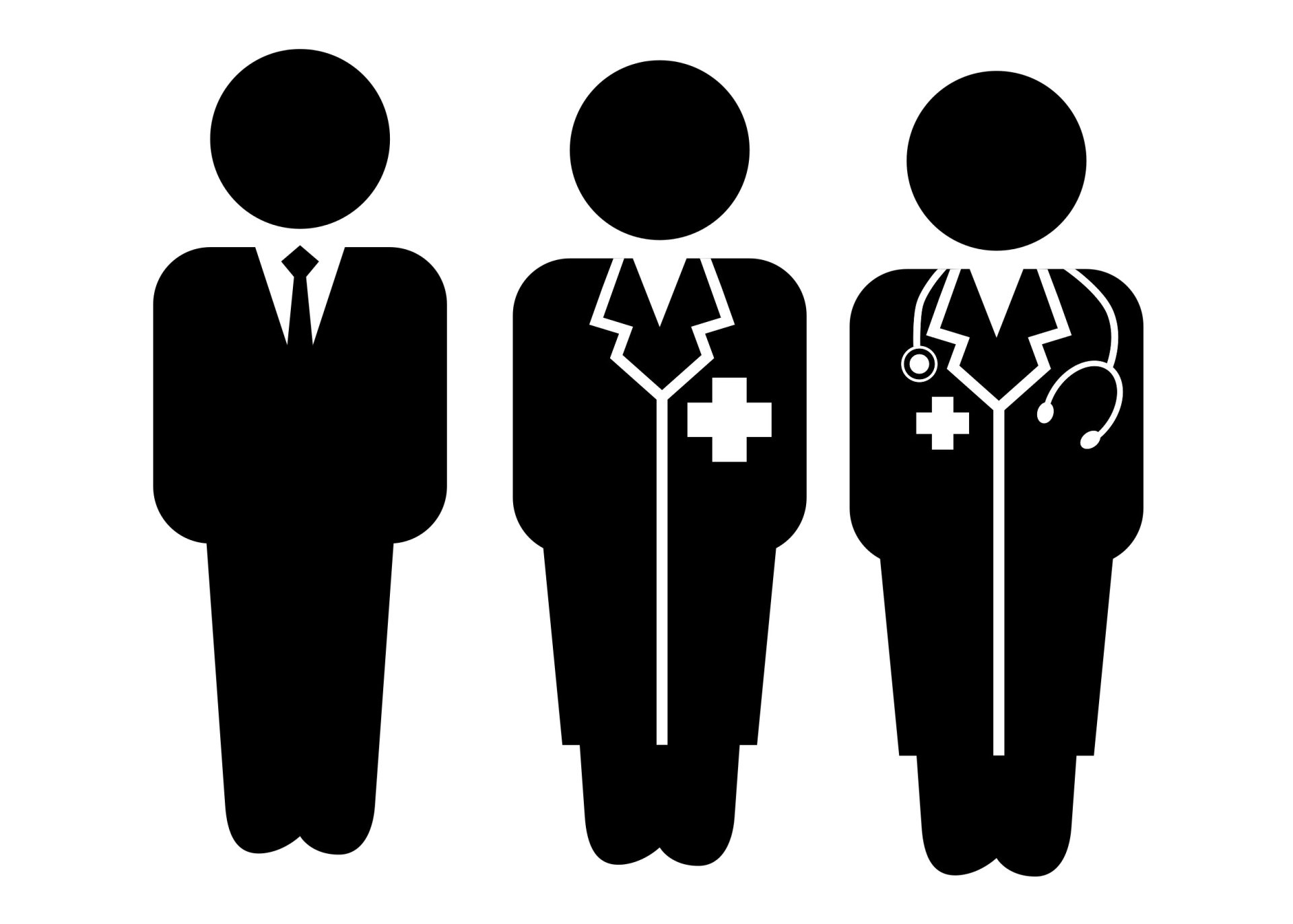Reduce time-consuming manual
work while you increase Annual
Wellness Visit and Remote Patient Monitoring revenues.
work while you increase Annual
Wellness Visit and Remote Patient Monitoring revenues.
HealthDatix AWV & RPM …the Win-Win-You’re Seeking


Researchers at the UNC Eshelman School of Pharmacy looked at what happens when pharmacists are tasked with conducting annual Medicare wellness visits in a medical practice. During the patients’ first visit, the pharmacists spotted at least one medication-related problem in more in than 90 percent of patients, the majority of which were able to be resolved by the pharmacist. During six- and twelve-month follow-up visits, they uncovered medication issues for all patients.
“Pharmacists performing annual wellness visits have a prime opportunity to provide comprehensive medication management, a much-needed service for older adults,” said Tasha Woodall, Pharm.D., lead author of the study and an assistant professor of clinical education at the School. “For every patient the pharmacist saw, there was something that could be done to make their medications work better for them.”
CMM ensures each patient’s medications are individually assessed to determine that each one is appropriate for the patient, effective for the medical condition, safe given the patient’s other conditions and medications and able to be taken by the patient as intended.
Wellness visits were created in 2011 as part of the Affordable Care Act. Medicare Part B covers an annual visit to the doctor for the purpose of developing or updating a personalized plan to prevent disease and disability. Pharmacists can conduct these visits under a physician’s supervision and be reimbursed by Medicare at the same rate. The visit includes activities such as administering a health survey, conducting a complete medication review and taking measurements of weight, blood pressure, and cognitive function.
The reimbursement received from Medicare for these visits exceeded the cost of delivering the care by more than 38 percent, the researchers found. Pharmacists lack what is known as “provider status” with Medicare and are not usually able to be reimbursed for services provided directly to patients. However, the annual wellness visit presents a special opportunity to improve pharmacists’ revenue generating potential.
“Having pharmacists conduct annual wellness visits is a win-win for patients and the medical practice,” said Suzanne Landis, M.D., M.P.H., a co-author of the paper and a recently retired MAHEC physician. “It results in a positive return on investment for primary-care practices and frees up physicians to focus on patients’ chronic and acute illnesses.”
Fifty-three patients at Mountain AHEC participated in the study. Their average age was 82, and each had three or more chronic medical conditions and were taking from three to 27 medications with 12 being the median number of meds taken. Thirty-nine were women. The pharmacists saw the participants in March, April and May of 2013. The study was published in the American Journal of Health-System Pharmacy.
Researchers found a total of 278 medication-related problems among the study participants. For nearly 33 percent of patients, the drug they were on was not the right one for their condition. More than 25 percent of patients weren’t being monitored as required for the medication they were taking. Nearly 17 percent weren’t receiving enough treatment for their condition, and almost 16 percent weren’t getting the right amount of medicine or not getting it at the right time.
In a 2014 study, UNC researchers examined the feasibility of using wellness visits as a way for physicians to pay for adding a pharmacist to a medical practice. They calculated that 1,070 wellness visits a year—or approximately six visits per day — are needed to cover a $120,000 pharmacist’s salary and would require about 40 percent of a pharmacist’s time to complete. The approach works best in larger medical practices, they found, which are more likely to have the needed volume of patients.
MAHEC started a pilot program in 2012 where a pharmacist took over the wellness visits for three physicians. Patients received information about the scope and purpose of the visits before coming in, which helped keep the visits focused and on schedule. Today, all wellness visits at MAHEC are conducted by pharmacists.

Physicians seeking a way to pay for the expertise of a pharmacist in their medical practices could look to Medicare annual wellness visits to help cover the cost, according to a study from the UNC Eshelman School of Pharmacy.
Medicare Part B covers an annual visit to the doctor for the purpose of developing or updating a personalized plan to prevent disease and disability. Pharmacists can conduct these visits under a physician’s supervision and be reimbursed at the same rate. The visit includes activities such as administering a health survey, conducting a complete medication review, and taking measurements of weight, blood pressure, and cognitive function.
Bigger is Better
It takes 1,070 wellness visits a year—or approximately six visits per day—to cover a $120,000 pharmacist’s salary, the study’s authors calculated. Their findings were published in the Journal of the American Pharmacists Association.
For a large medical practice (fifteen physicians), at least 18 percent of its eligible patients must complete an annual wellness visit with a pharmacist to reach $120,000 in reimbursements.
A medium-sized practice (five physicians) needs at least 54 percent of its patients to come in.
A small medical practice with two physicians would not have enough patients to afford a pharmacist funded by wellness visits alone.
UNC Eshelman School of Pharmacy and UNC School of Medicine faculty based in Asheville, North Carolina, conducted the study. They assumed that each practice has 2,000 patients per physician with 20 percent on Medicare. The hypothetical pharmacist in the study is available to see patients nearly thirty-eight weeks a year. The study also accounts for the fact that a patient’s first wellness visit is reimbursed at a higher rate than subsequent visits.
Here’s the Catch
Only 11 percent of eligible patients nationally actually use their wellness visit benefit, according to a 2013 report from the U.S. Department of Health and Human Services. That’s up from 9 percent in 2012. The wellness visits were created in 2011 as part of the Affordable Care Act.
The study authors practice at the Mountain Area Health Education Center clinic in Asheville. MAHEC would be a large practice in the study based on the number of patients seen. Physicians there started conducting wellness visits in 2011 and found them difficult to complete in the fifteen minutes allotted.
MAHEC started a pilot program in 2012 where a pharmacist took over the wellness visits for three physicians. Patients received information about the scope and purpose of the visits before coming in, which helped keep the visits focused and on schedule, says Courtenay Wilson, PharmD, senior author of the study and a MAHEC pharmacist.
“I can listen to their concerns and make sure that patients know that I’m hearing their concerns,” Wilson says. “I then schedule a follow-up visit with a physician who will know all of the issues that we have identified and have up-to-date records for the patient. It’s a nice partnership.”
By January 2013, all wellness visits at MAHEC were automatically scheduled with a pharmacist.
“From the doc’s perspective, the wellness visit takes a fair amount of time,” says Lisa Ray, MD, another author of the study and a MAHEC physician. “Handing it over to someone who is extremely competent frees us up to see other patients in those time slots. The added bonus is that every one of our Medicare patients has a pharmacist looking over their medication list.





